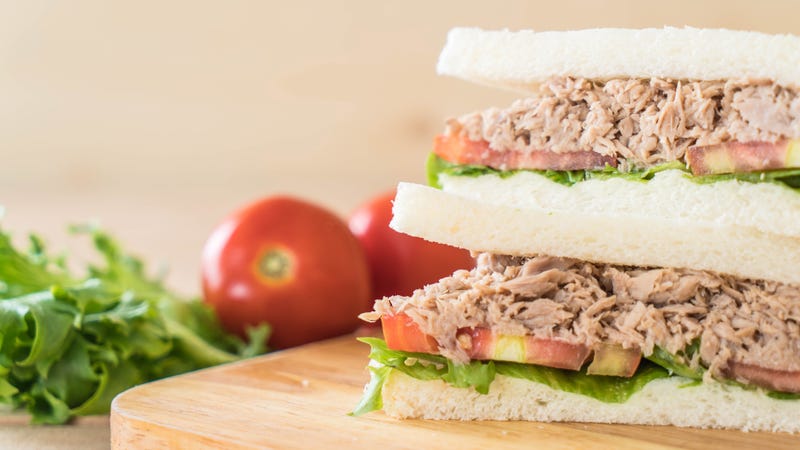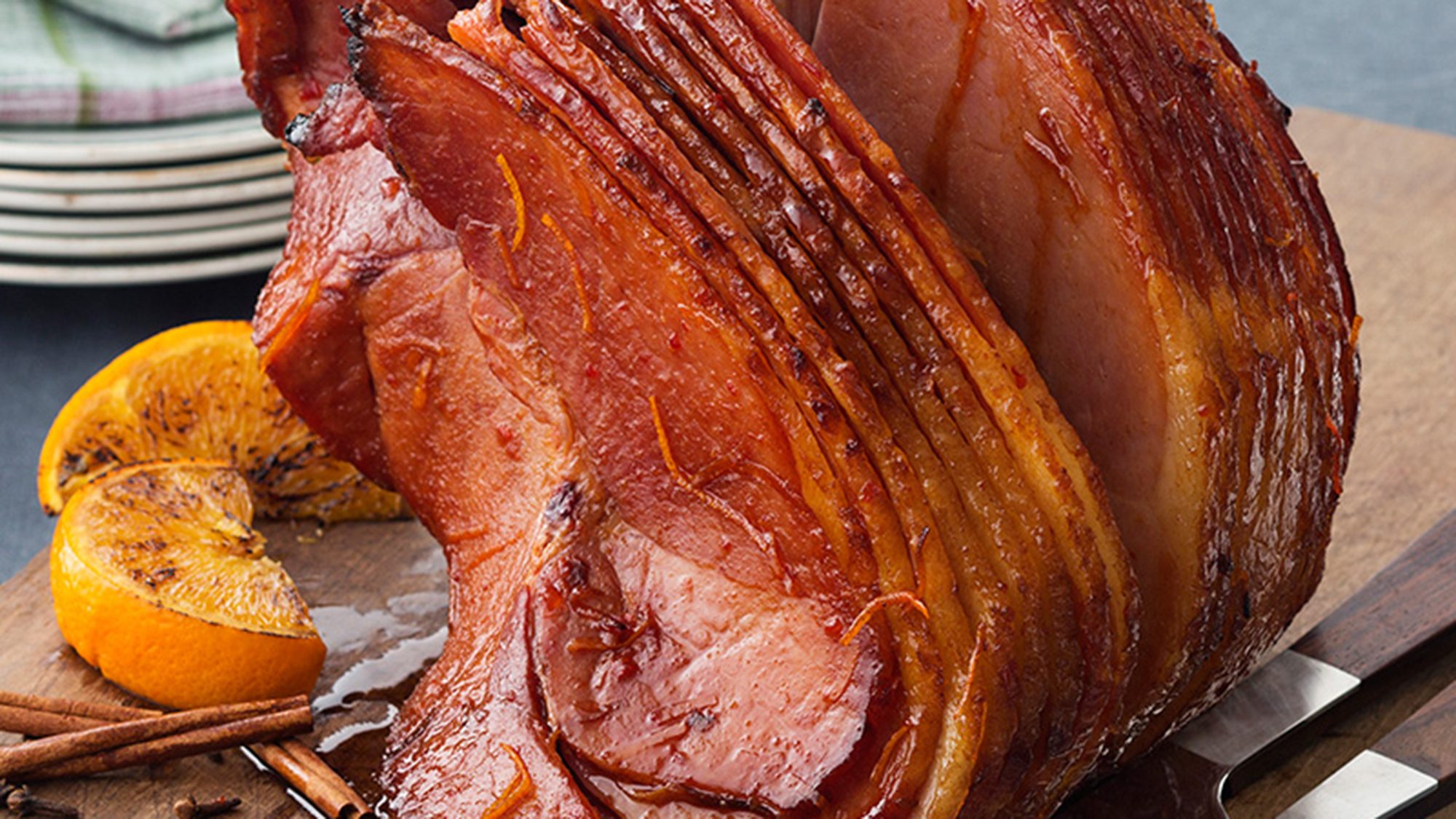The tuna sandwich will never go out of style, because it was never stylish to begin with. It’s humble, even homely, yet intensely comforting and nostalgic. Tuna salad itself consists of three main components—canned tuna, mayonnaise and some sort of ingredient that’s meant to bring contrast—and the success of your sandwich lies in how much care and attention you give to each.
Get that bread
In my mind, the only acceptable bread for a tuna sandwich is super soft and starkly white. And while any plain, squishy sandwich bread will work, the platonic ideal of soft, white bread is Japanese milk bread, which is pleasingly sweet and almost cloud-like in texture. If you don’t live near an Asian bakery, don’t fret; it’s pretty easy to DIY. (There are a lot of recipes out there, but I like this one, which contains heavy cream and condensed milk.)
Make a mayo decision
There are three main mayonnaise routes you can take: sweet, savory or classic. If you want your tuna salad to be bright and light, with lots of herbs and acid, a mayo without a lot of sugar (such as Duke’s—or our Duke’s dupe) is the way to go. If you want you sandwich to be a sweet and savory umami bomb, conside Japanese or Korean mayonnaises, which can be downright custardy. If you want that classic lunchtime cafeteria vibe, bring out the Best Foods (or Hellman’s, depending on where you live). Also, consider adding a little mustard: I’ve found a tiny bit —like a quarter teaspoon—can bring a touch of piquant acidity and give your salad depth and dimension. (Yellow is fine, but Chinese hot mustard is exciting.)

Photo: Shutterstock
Add umami
Even if you’re aiming for a bright and fresh fish salad, a little extra umami can amplify the flavor of your tuna, ensuring it doesn’t get lost in a mass of mayo and relish. A sprinkle of monosodium glutamate can accomplish this without adding any other flavors, but I’m also a big fan of mashing in a single anchovy or a few dashes of fish sauce, which will make even the blandest, cheapest can of tuna taste a little more like, you know, fish. A dot or two of tomato paste can also be fun, especially if you are planning on adding fresh vegetables and herbs later on.
Consider the extras
The most common tuna accoutrement is relish, either dill or sweet, closely followed by celery, which is bad and should not be included. If you need crunch, be a grownup and add potato chips—or be a dirtbag and add Doritos. Either will bring you infinitely more joy than watery, astringent celery. You can also add onion or shallots, though I would treat them with a little salt first.
Anyway. Relish is quite good, particularly if you are going for that classic lunchroom sandwich, but I’m a big fan of chopping up really good pickles—either cornichons or Grillo’s, my new favorite pickles—and mixing those in instead. But really, any pickled vegetable can be added to tuna salad, so take a fresh look at your condiment collection. Pickled ginger, especially when paired with Kewpie mayo, can be particularly divine; I like to use the chopped up ginger and the brine it comes packed in.
If you want something bright and fresh, squeeze in some lemon juice and add capers and tons of fresh herbs. If you want to be extremely fresh, you can even omit the mayo and use really good olive oil instead, but I’d only recommend this if you are using one of those fancy cans of tuna with flavors that deserve to be highlighted, not obscured. In terms of herbs: parsley, tarragon, dill, tarragon and thyme all work well.
A case could be made for piling on greens or other vegetables, but I don’t like to distract from the salad too much. An ultra-crisp leaf of romaine does have its textural charms, but there’s nothing wrong with embracing the simple, unfussy combination of tuna salad and bread. In fact, I encourage it. (I also encourage you to tell me your favorite and undoubtedly brilliant tuna sandwich hacks in the comments below.)
This article was written by Claire Lower on Skillet and shared by Claire Lower to Lifehacker from Lifehacker and was legally licensed through the NewsCred publisher network. Please direct all licensing questions to legal@newscred.com.








